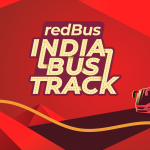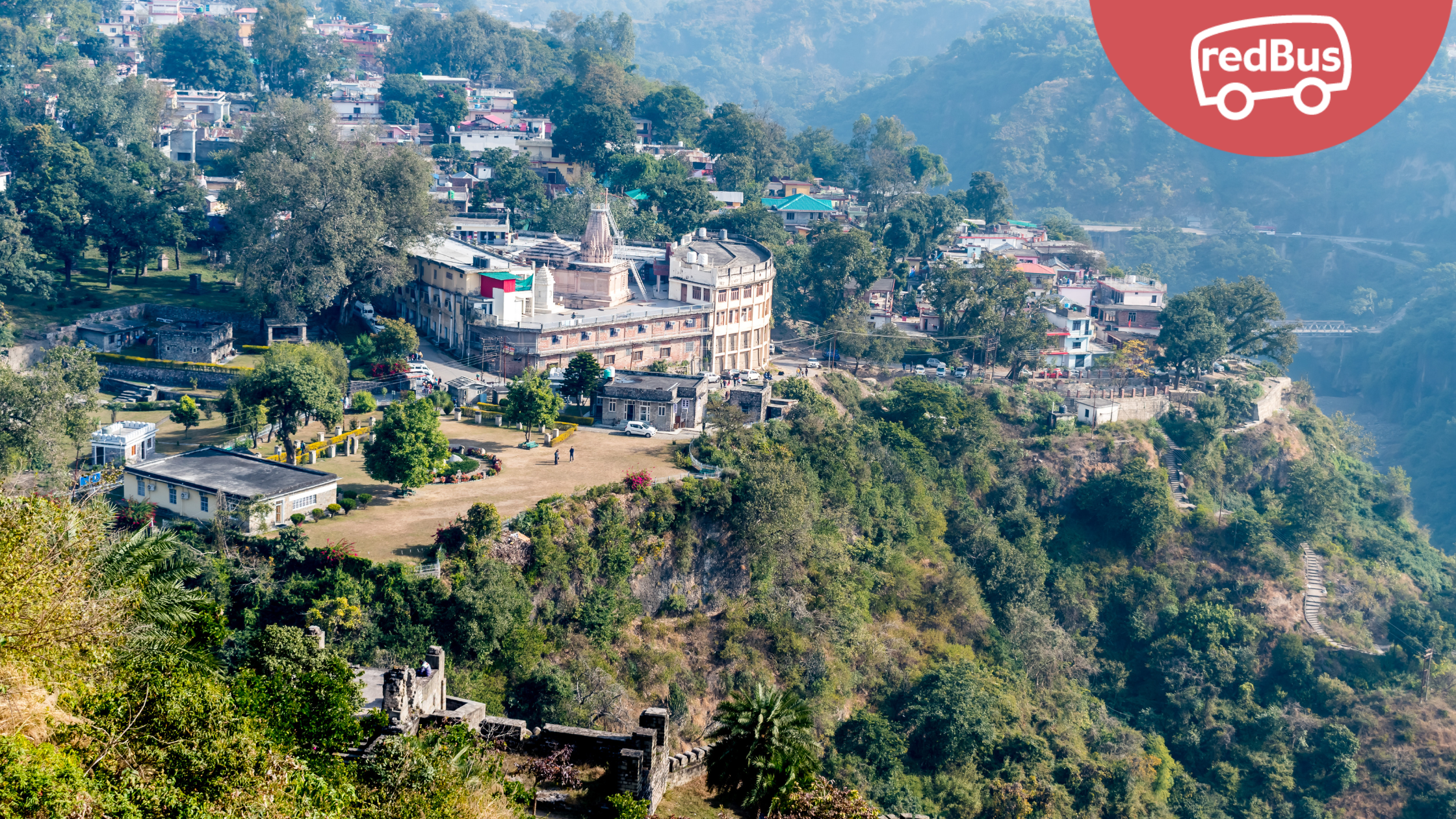India, a country of diverse landscapes and cultures, boasts one of the world’s largest and most intricate public transportation systems. Among the many options available, government-run buses stand out as the backbone of affordable travel for millions of Indians. From bustling cities to remote villages, these buses connect the farthest corners of the country, making travel accessible and budget-friendly.
Whether you’re a daily commuter, a budget traveller, or someone exploring offbeat destinations, government buses offer an economical and reliable way to get around. In this blog, we’ll delve into why government buses are India’s most affordable travel option, covering their advantages, operational efficiency, and cultural significance.
1. Extensive Network Connecting Every Corner
One of the most significant advantages of government buses is their extensive network. Operated by State Transport Corporations (STCs), these buses connect urban, semi-urban, and rural areas, often reaching places where private operators might not venture..
- Cross-State Travel: Interstate services like SETC (Tamil Nadu), RSRTC (Rajasthan), and KSRTC (Kerala) provide seamless travel across state borders at highly affordable rates.
For instance, a government bus ticket from Delhi to Jaipur can cost as little as ₹300, compared to private operators charging ₹500 or more for similar routes.
2. Budget-Friendly Fares
Government buses are designed to be affordable for everyone, making them an excellent choice for travelers on a budget. Their fares are regulated by state governments, ensuring that prices remain reasonable.
- Subsidized Fares: Many state governments subsidize bus services to make travel accessible for economically weaker sections of society.
- Low Per-Kilometer Cost: The fare per kilometer for government buses is significantly lower than that of private buses, cabs, or even trains for short distances.
For example:
- A local government bus ride in Bangalore might cost ₹10-15 for a 10 km journey, compared to ₹150-200 for an auto-rickshaw or cab.
- An overnight journey on a sleeper bus from Chennai to Madurai can cost as low as ₹400 on a government bus, compared to ₹800-1,000 on a private operator.
3. Accessibility for Everyone
Government buses prioritize inclusivity, ensuring transportation is available to everyone, including marginalized communities. Several initiatives enhance accessibility:
- Concessions: Senior citizens, students, and differently-abled individuals often enjoy fare discounts.
- Special Services: Women-specific buses, rural connectivity schemes, and school bus programs cater to diverse needs.
These services empower millions by providing affordable mobility, fostering social and economic inclusivity.
4. Varied Classes of Service
Contrary to the perception that government buses lack comfort, many state-run bus services now offer a range of options catering to different budgets and comfort levels:
- Ordinary Buses: Ideal for short distances with minimal fares.
- Semi-Deluxe and Deluxe Buses: These buses provide a more comfortable journey with affordable pricing.
- Volvo and AC Sleeper Buses: Premium services such as KSRTC Airavat offer luxury at competitive rates.
5. Cultural Significance and Local Experiences
Traveling on a government bus isn’t just about reaching a destination—it’s a cultural experience in itself. These buses often reflect the local flavor of the region:
- Local Interactions: Sharing a bus ride with locals provides insights into their lives, traditions, and languages.
- Scenic Routes: Many government bus routes pass through picturesque landscapes, allowing passengers to experience the natural beauty of India at no extra cost.
For instance:
- The Himachal Pradesh Transport Corporation (HRTC) buses on the Manali-Leh route offer breathtaking views of the Himalayas.
- Kerala’s KSRTC buses running through the backwaters and tea plantations provide a glimpse of the state’s natural splendor.
6. Reliable and Safe Travel
Government buses have a reputation for being safer and more reliable than many private operators, thanks to strict adherence to regulations:
- Trained Drivers: Drivers and conductors are professionally trained and vetted.
- Fixed Schedules: Departure and arrival timings are strictly followed, reducing uncertainties.
- Frequent Maintenance: Regular maintenance ensures roadworthiness and safety.
Additionally, most state governments have helplines and online tracking systems to address passenger grievances and ensure accountability.
7. Easy Booking and Accessibility
With advancements in technology, booking a government bus ticket has become seamless:
- Online Portals: Most state transport corporations offer online booking platforms, making it easy to reserve seats.
- Mobile Apps: Apps like redBus aggregate government and private buses, allowing travelers to compare prices and book the most affordable option.
- Offline Access: For those without internet access, tickets can be purchased directly at bus stations.
Real-time tracking and customer service improvements have made government buses a more attractive option for tech-savvy travelers.
8. Eco-Friendly Travel
Buses are among the most sustainable forms of public transport, reducing the carbon footprint per passenger. State governments are also adopting eco-friendly practices:
- Electric Buses: Cities like Bangalore and Delhi are introducing electric buses to reduce emissions.
- Compressed Natural Gas (CNG): Many government buses, especially in metros, now run on CNG, which is cleaner and more economical.
Choosing government buses over private vehicles significantly contributes to reducing traffic congestion and air pollution.
9. Supporting Local Economies
Government bus services play a vital role in supporting local economies:
- Affordable Commutes: They enable daily commuting for workers, students, and small business owners at minimal costs.
- Rural Livelihoods: By connecting remote areas, government buses facilitate access to markets, education, and healthcare.
Supporting government buses indirectly supports the development of rural and semi-urban regions.
10. Special Services During Festivals and Holidays
During peak travel times like New Year, Diwali, or regional festivals, government buses increase their fleet to accommodate the surge in passengers:
- Extra Buses: Special holiday services ensure affordable travel when private operators hike their fares.
- Pilgrimage Routes: Many state corporations operate buses to pilgrimage sites during festival seasons.
For example:
- Tamil Nadu’s SETC runs special buses during Pongal for rural-to-urban connectivity.
- APSRTC operates additional buses to Tirupati during New Year and festive seasons.
Challenges and Opportunities
While government buses are affordable and reliable, they face challenges such as overcrowding, aging fleets, and infrastructure limitations. However, state governments are making continuous efforts to address these issues:
- Fleet Modernization: Many states are replacing old buses with modern, fuel-efficient vehicles.
- Digital Upgrades: Initiatives like online bookings, real-time tracking, and contactless payments are improving passenger convenience.
- Public-Private Partnerships: Collaborations with private operators are enhancing the overall quality of services.
Conclusion: Travel Affordably with Government Buses
Government buses are more than just a mode of transport—they are lifelines that connect people, places, and cultures. Their affordability, extensive network, and cultural significance make them the go-to choice for millions of travellers across India. Whether planning a short commute, an intercity journey, or an adventure to a remote location, government buses ensure you can travel comfortably without breaking the bank.
This New Year, embrace the charm and convenience of government buses for your travels. Platforms like redBus make booking these services even easier, with options to compare fares, check schedules, and secure your tickets online. Start your journey affordably and comfortably—book your government bus tickets on redBus today!










